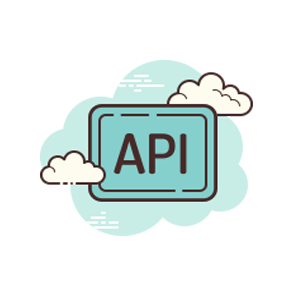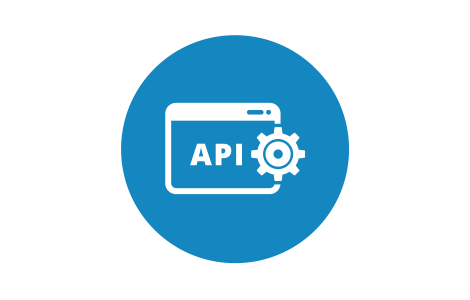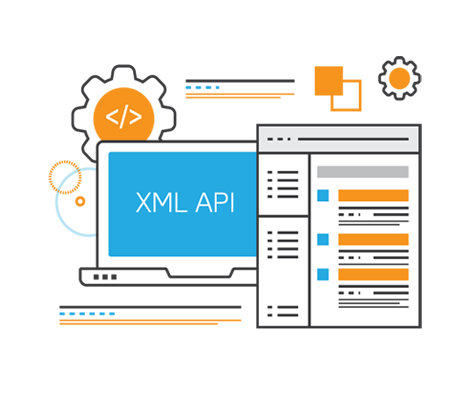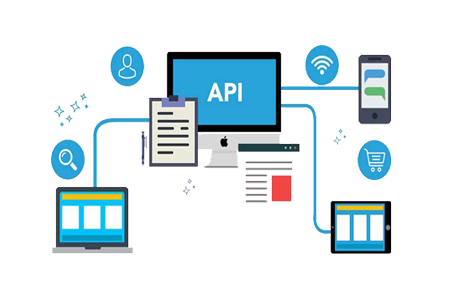Integrate your front & backend systems and communication channels to create powerful data & insights that ensure a seamless customer experience.

Integrate your front & backend systems and communication channels to create powerful data & insights that ensure a seamless customer experience.
Retail Market Place
When an e-commerce business begins to grow, manually adding the orders received through multiple channels, the shipments sent and the changes made on product information becomes an impossible task.


E-commerce platform integration
The risks of something going wrong are high and it’s vital to keep a good coordination between the e-commerce platform —a CMS like Local and Global— and the central data repository, which is the role of ERP in e-commerce.
With an integration between your e-commerce platform and your ERP system
If you keep a management system based on traditional methods, you’ll need to add every new input by hand and in each system separately. With an integration between your e-commerce platform and your ERP system, you’ll only need to add information once.


Everything updated in almost real time.
This kind of e-commerce ERP solution gives you total freedom when it comes to keep information centralized and avoid mistakes and errors between different systems inside your company. This way the data concerning products, inventory, orders, shipments, customers, payments and taxes is accesible from one single source that keeps everything updated in almost real time.
Retail Marketplace benefits
The main disadvantage of an e-commerce ERP integration is the initial high cost, but it’s worthy if you compare that to the time, resources and energy that are being lost by performing synchronization tasks by hand. Also, it saves a company from hiring new recruits in the future, when the business grows and the volume of updates, products and orders increases.
